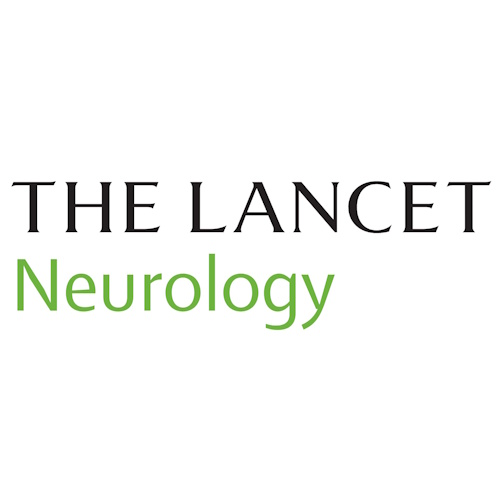Key points from article :
A new study published in The Lancet Neurology reveals an alarming rise in stroke cases worldwide over the past three decades. The number of people affected by stroke has surged, driven primarily by air pollution, rising temperatures, and lifestyle factors.
The study, part of the Global Burden of Disease project, found that stroke now affects nearly 12 million people annually, resulting in over 7 million deaths. Since 1990, new stroke cases have increased by 70%, and deaths have risen by 44%. Additionally, disability caused by stroke has grown by 32%.
"Despite being largely preventable, stroke remains a growing global health issue," - Valery Feigin, lead author of the study. "The number of people dying from or living with the effects of stroke is rising quickly, indicating that current prevention strategies are insufficient."
The study identifies 23 risk factors contributing to the global stroke burden, with air pollution, smoking, high body weight, and high blood pressure being the leading causes. Notably, environmental factors like air pollution and high temperatures are playing an increasingly significant role in stroke occurrence. Particulate air pollution is now linked to deadly brain hemorrhages, on par with smoking.
Low- and middle-income countries, such as India, Nigeria, and Bangladesh, bear the brunt of the stroke crisis, accounting for over three-quarters of all stroke-related deaths. Stroke rates in certain regions of East Asia, sub-Saharan Africa, and Central Asia are up to 10 times higher than in high-income regions like North America and Australia.
Unless preventive measures are taken, the growing stroke burden in younger populations is expected to continue rising. Metabolic factors like high blood pressure, high cholesterol, and obesity remain the main contributors to strokes globally. Lifestyle factors, such as low physical activity and unhealthy diets, have also contributed to the increase, particularly in younger populations.
While the overall number of strokes has risen, age-adjusted stroke rates have decreased since 1990. However, progress has stalled in recent years, particularly in Southeast Asia, East Asia, and Oceania. Urgent action on air pollution, climate change, and the management of obesity and blood pressure is essential.








